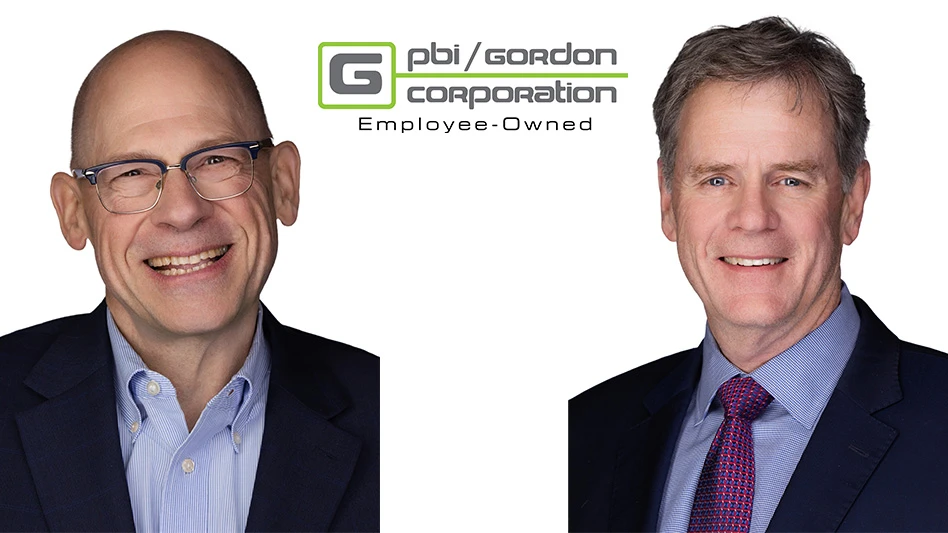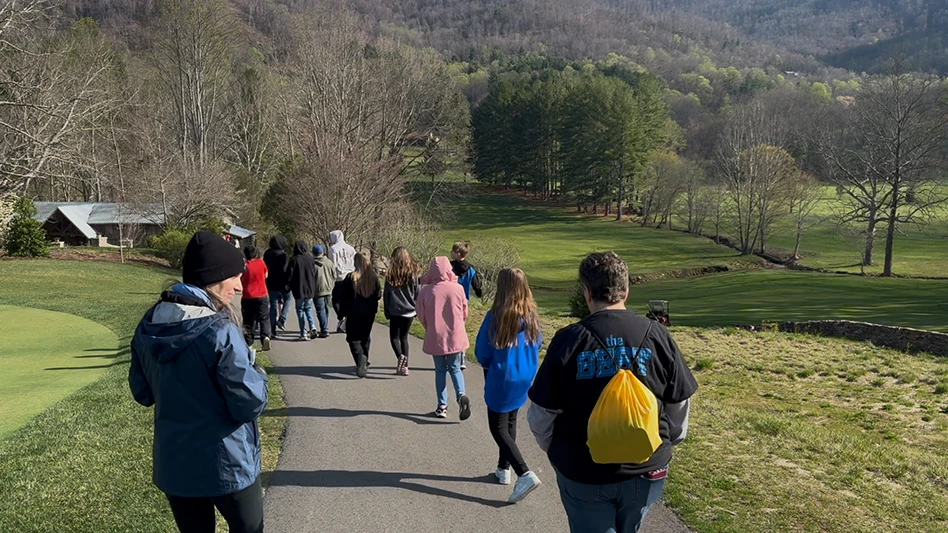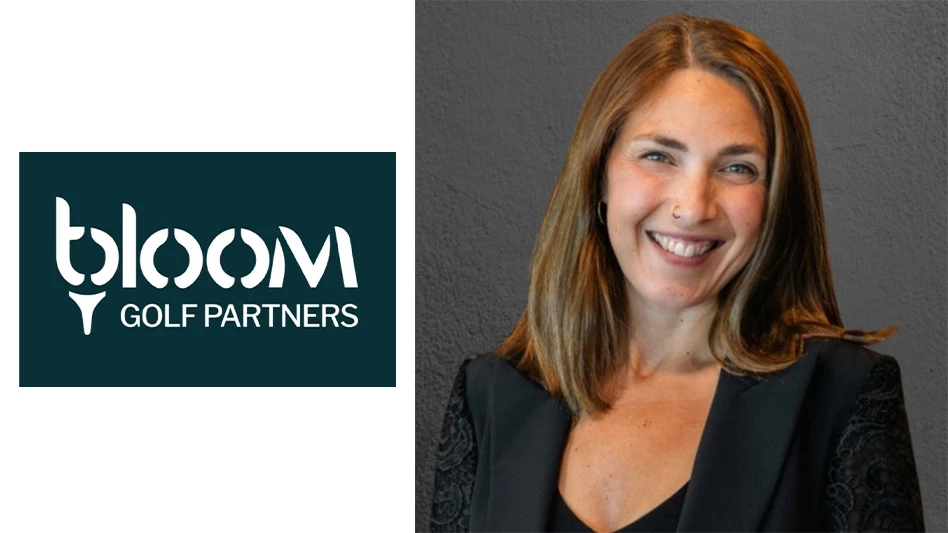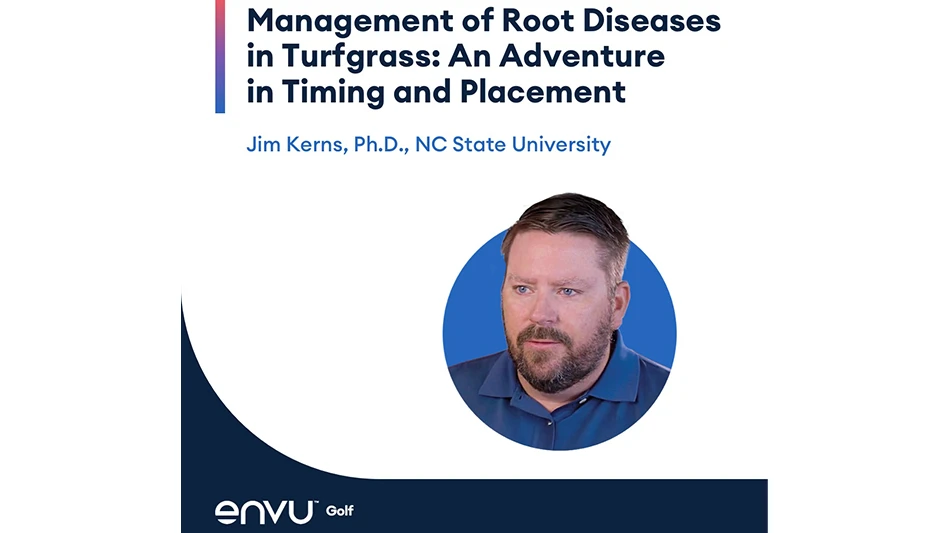An industry friend tells me repeatedly we need to eliminate 3,000 courses, or add 1,000, for our industry to get back to a healthy equilibrium of supply and demand. What he means is the supply of courses in the U.S. is oversaturated, and if we maintain this current supply, we need to add at least 1,000 new courses that are player friendly to attract more people into the golfing ranks.
From a marketing viewpoint, course owners need to better recognize what type of courses and facilities fit profitably into their local markets if they want to improve their businesses. For example, not all markets will support an upscale facility just because a developer wants to add a substantial premium to his lots.
Two cases in point: One is the story of a developer, and the other is about a wannabe golf course owner. The market is an upper Midwest major metropolitan area. The existing course owner, the developer, is 45 minutes north of the major metropolitan area; the wannabe course owner is focused on a market 45 minutes south. The markets are similar demographically.
In the first case, the developer became involved with golf course ownership because of a desirable land purchase that provided him an opportunity to sell land and develop homes. Though the course operations didn’t cover all his debt, land sales and home development did.
Ten years ago, the property across the street from the developer’s became available, and the developer, who’s not a golfer, created a partnership with others interested in owning the proposed on-site golf course, which was planned as a regulation 18-hole course that would complement an existing executive course.
After financing was secured, the party interested in owning and operating the course backed out of its commitment. Believing developing a new golf course couldn’t be that difficult, the developer moved forward with the business plan and built the golf course as he began to develop the property.
As anyone who’s been through this stage knows, myriad setbacks can occur during the course construction and land development: permit problems, land mitigation, reduced demand levels, drainage, wetlands and other unexpected expenses the golf course might not be able to support. Some of these problems were endured, but the course wasn’t generating revenue anywhere near business-plan expectations after seven years.
Worse yet, the market revealed relatively high consumer demand for this type of golf course. The problem wasn’t the product, it was that the developer didn’t know what expectations to have of the market, and he didn’t have a proactive marketing plan to increase revenue.
Frustrated, the developer decided he needed to refinance or sell the club. He hired someone to conduct a feasibility study, and that person hired a consultant to conduct a marketing assessment of the club’s market. The developer spent a pretty penny to learn his course was underperforming in his market by almost 20,000 rounds compared to similar courses. What shape might he have been in if he’d conducted these studies 10 years ago?
Now, the other tale. The wannabe golf course owner, who is a golfer but not savvy about golf course operations, couldn’t shake a dream he’d had for years: owning a unique golf course. So, he called a consultant two years ago to discuss the practicality of his idea, and the consultant shared the cold realities of the current golf market.
The consultant confided that while he’d be lucky to get several thousand rounds from his unique facility offering, he could expect significant public relations and significant marketing exposure from it. Therefore, viewed from a marketing standpoint, the idea had merit, and the cost of implementation wasn’t prohibitive. Most importantly, the consultant told him he had to match his proposed golf course to a market at a price point the market would bear to cover debt, at least by the third year. The consultant recommended the wannabe owner talk to other feasibility consultants, course managers and architects, and pick their brains, too.
In just two years, the wannabe course owner hasn’t lost his dream of golf course ownership but is able to look at opportunities and evaluate the potential success relative to probable debt. To date, his investment in consultants is less than half of the existing course owners’ investment in preparing his course for refinancing or sale.
So, what’s to learn from these two examples? Invest your time and energy in knowing your optimal market positioning and what your market expectations can be before you build or buy. Doing so reduces the surprise factor of golf course ownership tenfold.

Explore the August 2008 Issue
Check out more from this issue and find your next story to read.
Latest from Golf Course Industry
- Ahead of the sustainability curve
- From the publisher’s pen: Watery dilemma
- The Aquatrols Company hires marketing manager
- Renovating Bredemus in West Texas
- Renovation starts at Okatie Creek GC at Sun City Hilton Head
- The Fittest Podcast in Turf: Episode 1
- New 6-hole course debuts in Oklahoma
- GCSAA announces Grassroots Ambassador Leadership Award recipients





